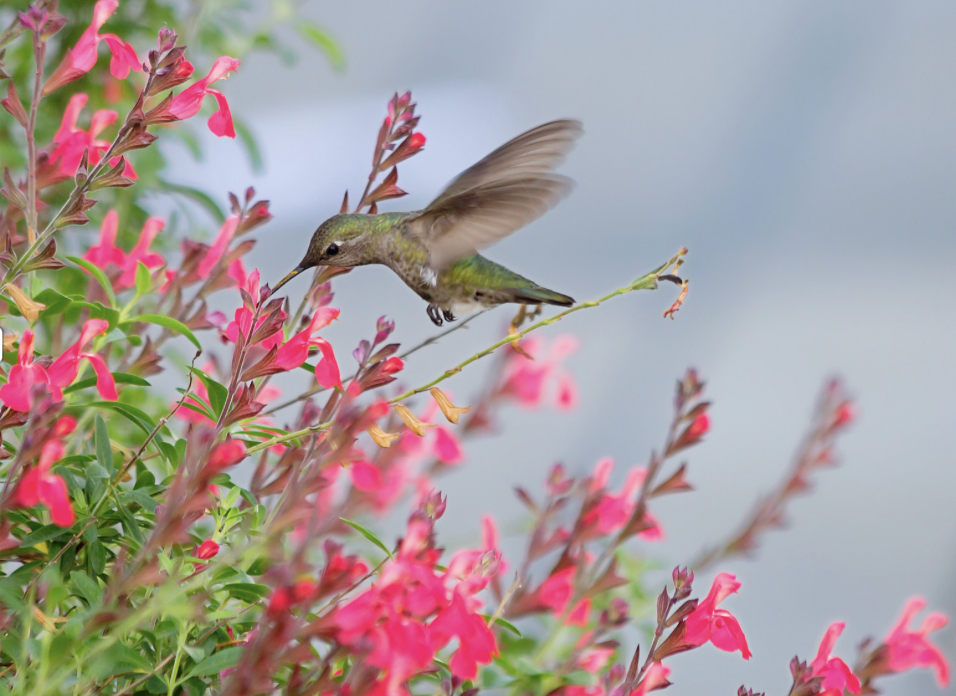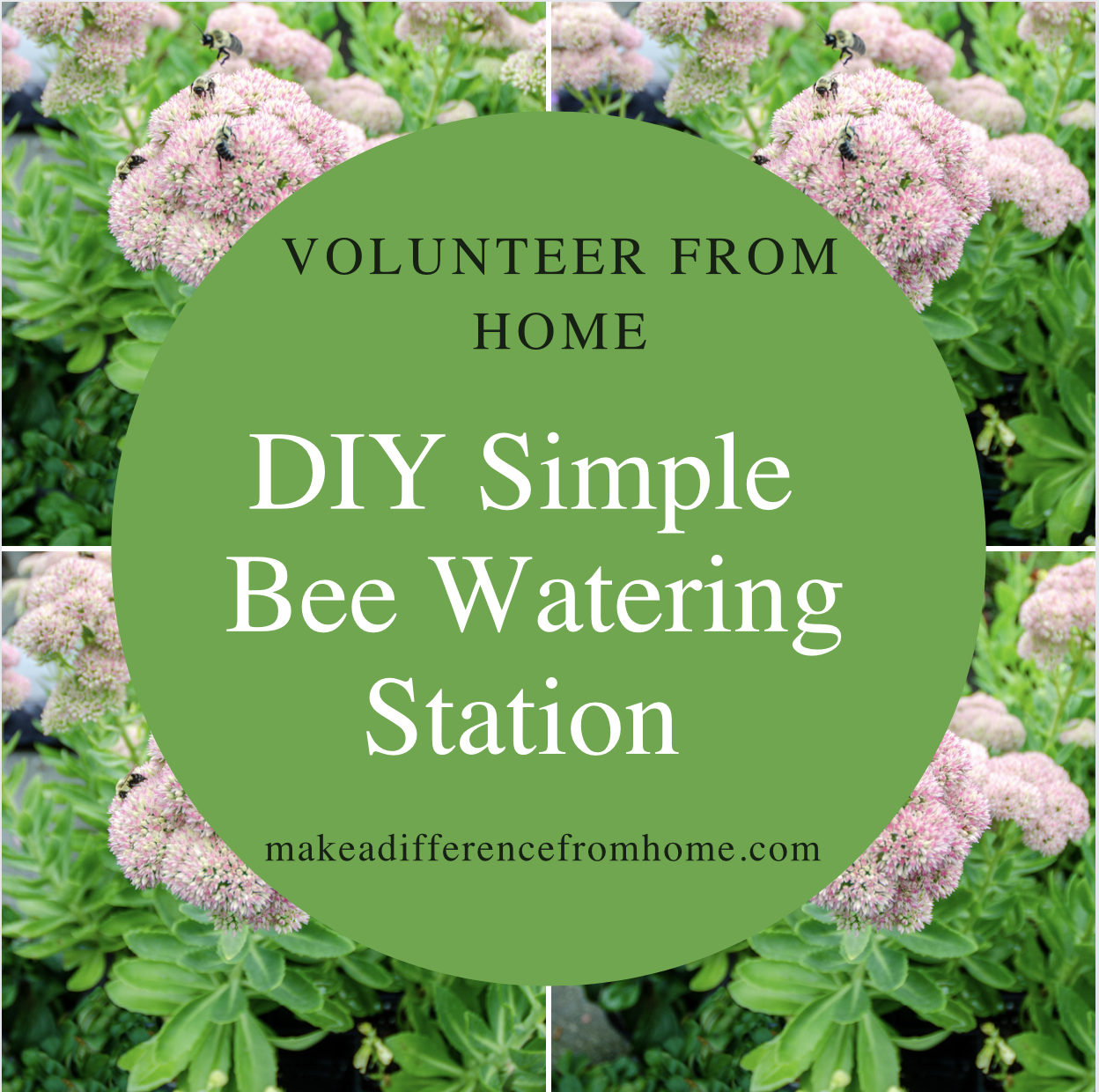Bees are vital pollinators that play a crucial role in our ecosystem and food production. However, with increasing urbanization and the decline of natural habitats, bees and other pollinators often struggle to find water sources. By providing a simple DIY watering station for bees, you can make a significant difference right from the comfort of your home. Not only will you be supporting these essential creatures, but you’ll also get the chance to observe their fascinating behavior up close. In this blog post, we’ll guide you through the process of creating a bee-friendly pollinator watering station that will make your garden a buzzing oasis.
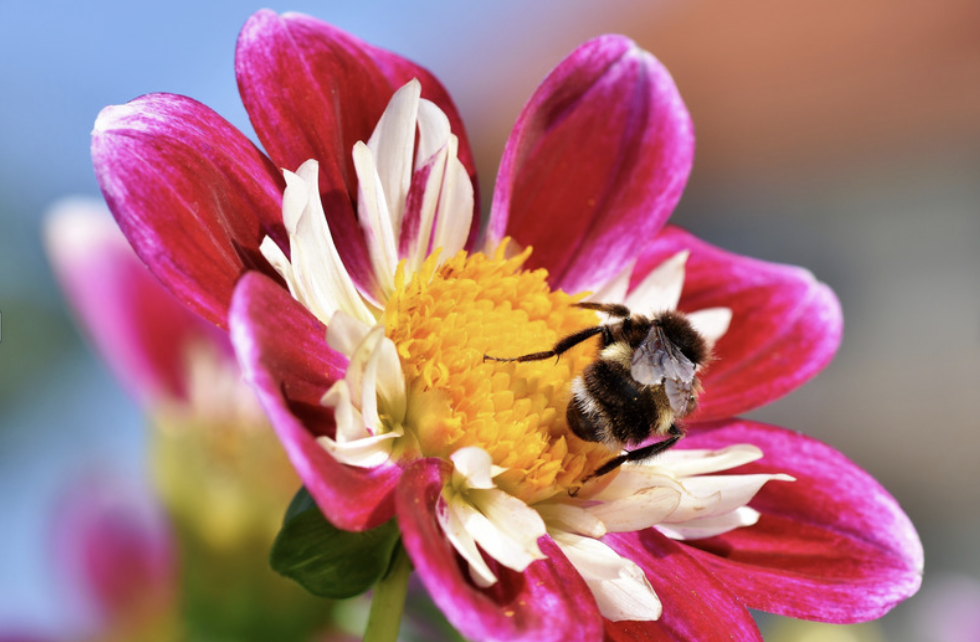
Materials Needed:
- A shallow container or bowl
- Stones, pebbles, or marbles
- Freshwater (preferably rainwater)
- Natural elements (optional): decorative rocks, seashells, and driftwood
Step-by-Step Guide:
Choose the Right Container: Select a shallow container or bowl with a wide rim to serve as the base for your watering station. Ideally, opt for a material like ceramic or glass, as it will be more durable and easier to clean. The diameter should be at least 12 inches to accommodate multiple bees at once.
Add Stones or Pebbles: Place a layer of stones, pebbles, or marbles in the container, filling it about one-third to one-half full. These will serve as perches for the bees, allowing them to land safely and access the water without drowning. The stones also prevent the container from becoming a breeding ground for mosquitoes.
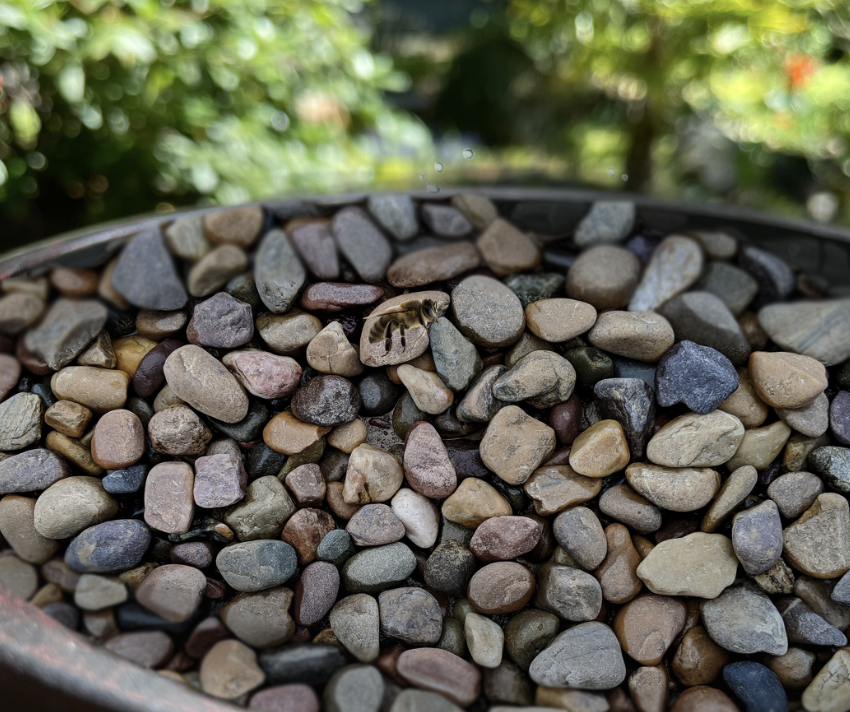
Fill with Freshwater: Fill the container with freshwater, ensuring that it’s shallow enough for bees to safely access. It’s best to use rainwater if available, as it lacks the chemicals found in tap water, which can be harmful to bees. If rainwater isn’t accessible, let tap water sit out overnight to allow chlorine and other chemicals to dissipate.
Enhance with Natural Elements (Optional): To create an aesthetically pleasing watering station, consider adding natural elements like decorative rocks, seashells, or pieces of driftwood. These not only make the station visually appealing but also provide additional landing spots for the bees.
Placement: Find a suitable location in your garden or outdoor space for the watering station. Ideally, choose an area that receives partial shade throughout the day to prevent the water from evaporating too quickly. Additionally, ensure there is ample vegetation nearby, as it will attract bees and encourage them to return regularly.
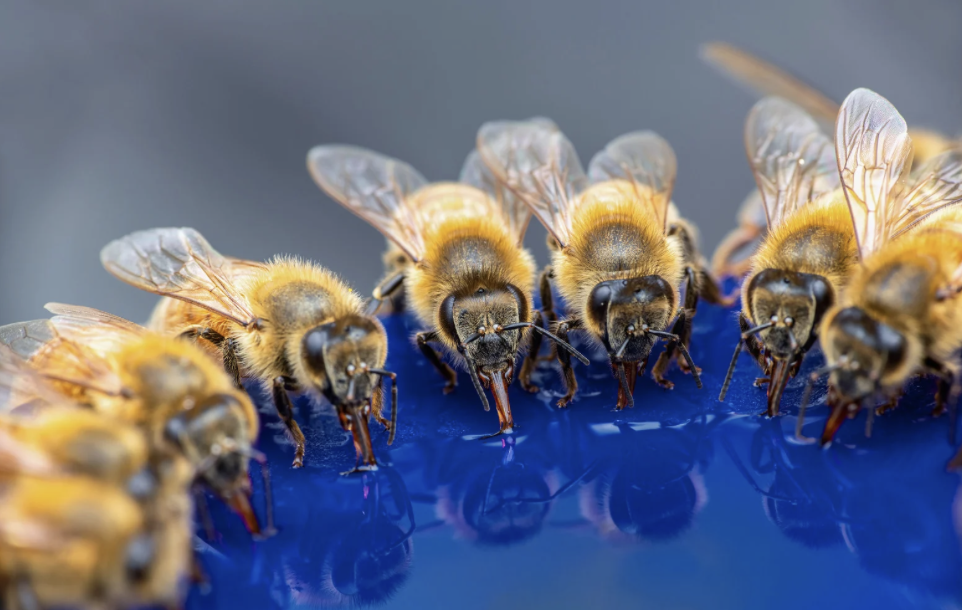
Maintenance and Care:
Regularly Refill: Check the watering station daily and refill it with freshwater as needed, especially during hot summer months or periods of drought. Bees, butterflies, and other pollinators rely on water sources for hydration, so it’s important to provide a consistent supply.
Clean the Container: To maintain a healthy watering station, clean the container every few days. Empty the water, rinse the container with clean water, and remove any debris or algae that may accumulate. This helps prevent the spread of diseases among bees and other pollinators. This is important!
Winter Considerations: During colder months, it’s crucial to prevent the water in the station from freezing. You can use a small submersible heater or float a ping pong ball on the surface to disrupt the ice formation and provide access to water.
By constructing a simple DIY watering station for bees, you can contribute to the well-being of these remarkable pollinators. Remember, every drop of water matters to bees, especially in urban areas where natural water sources may be scarce. Your small effort can make a big difference, providing bees with a reliable water supply while adding a beautiful feature to your garden. Together, let’s help bees and other pollinators survive by providing a fresh, clean source of water right from the comfort of home. AND attract beautiful pollinators to your home garden!
